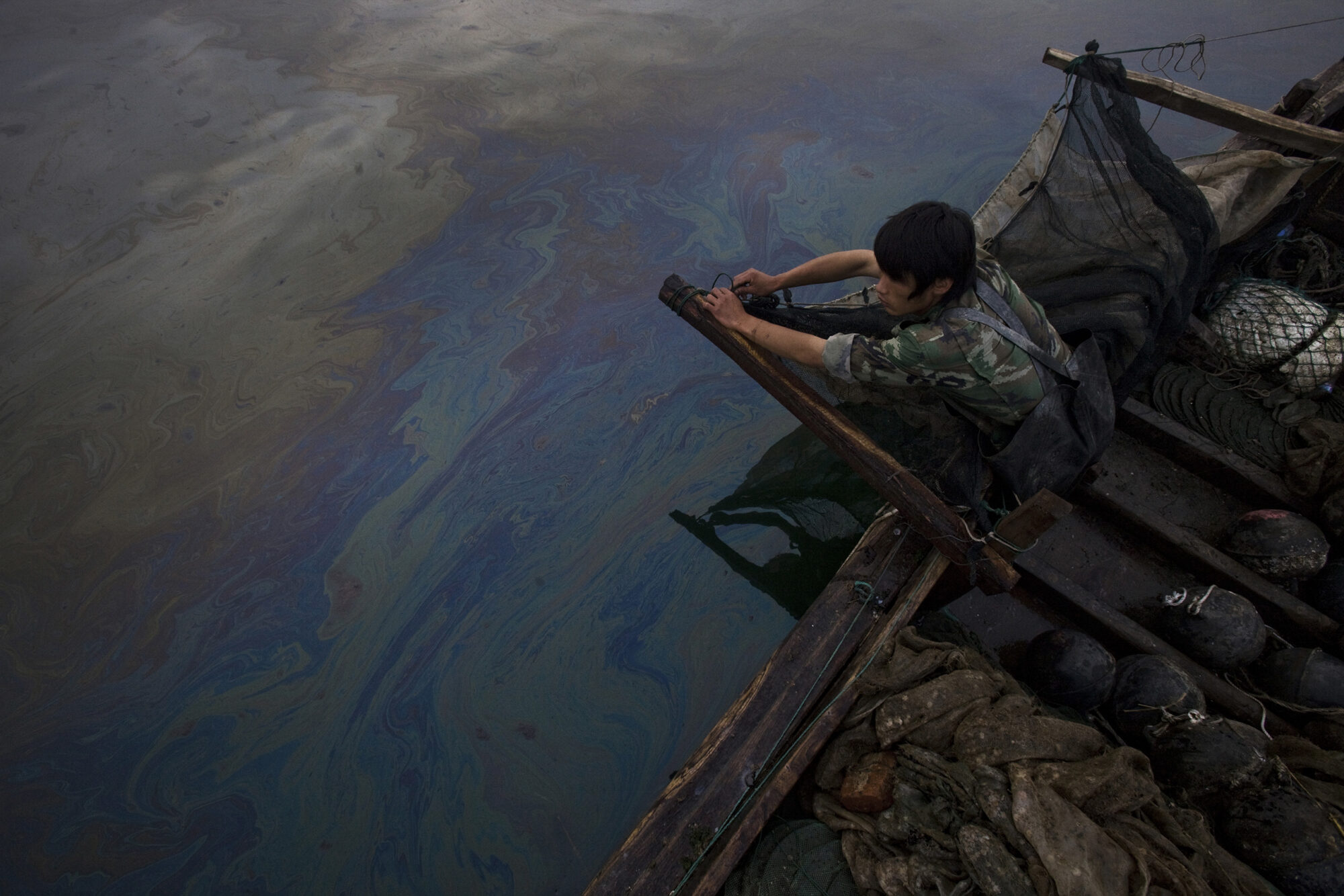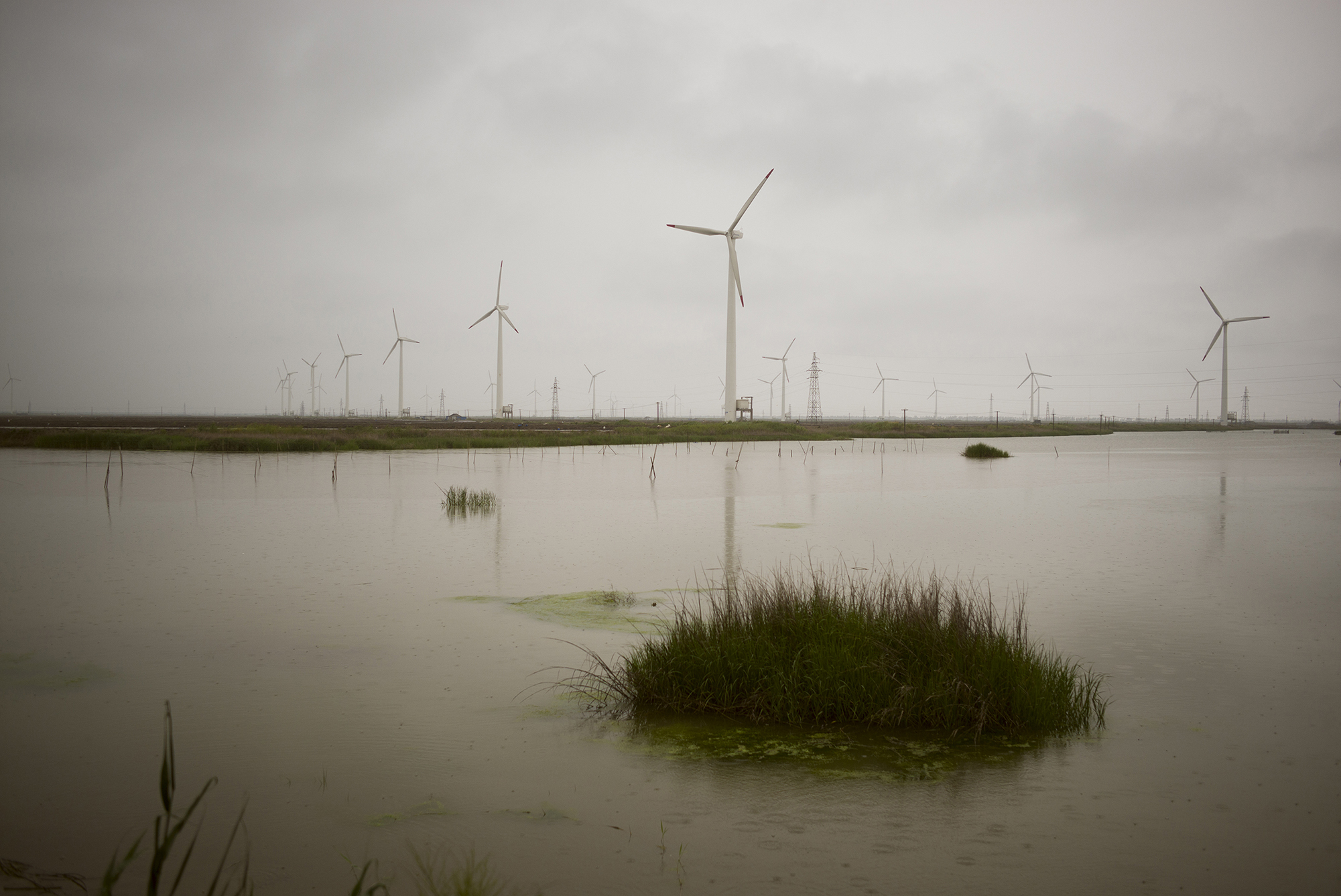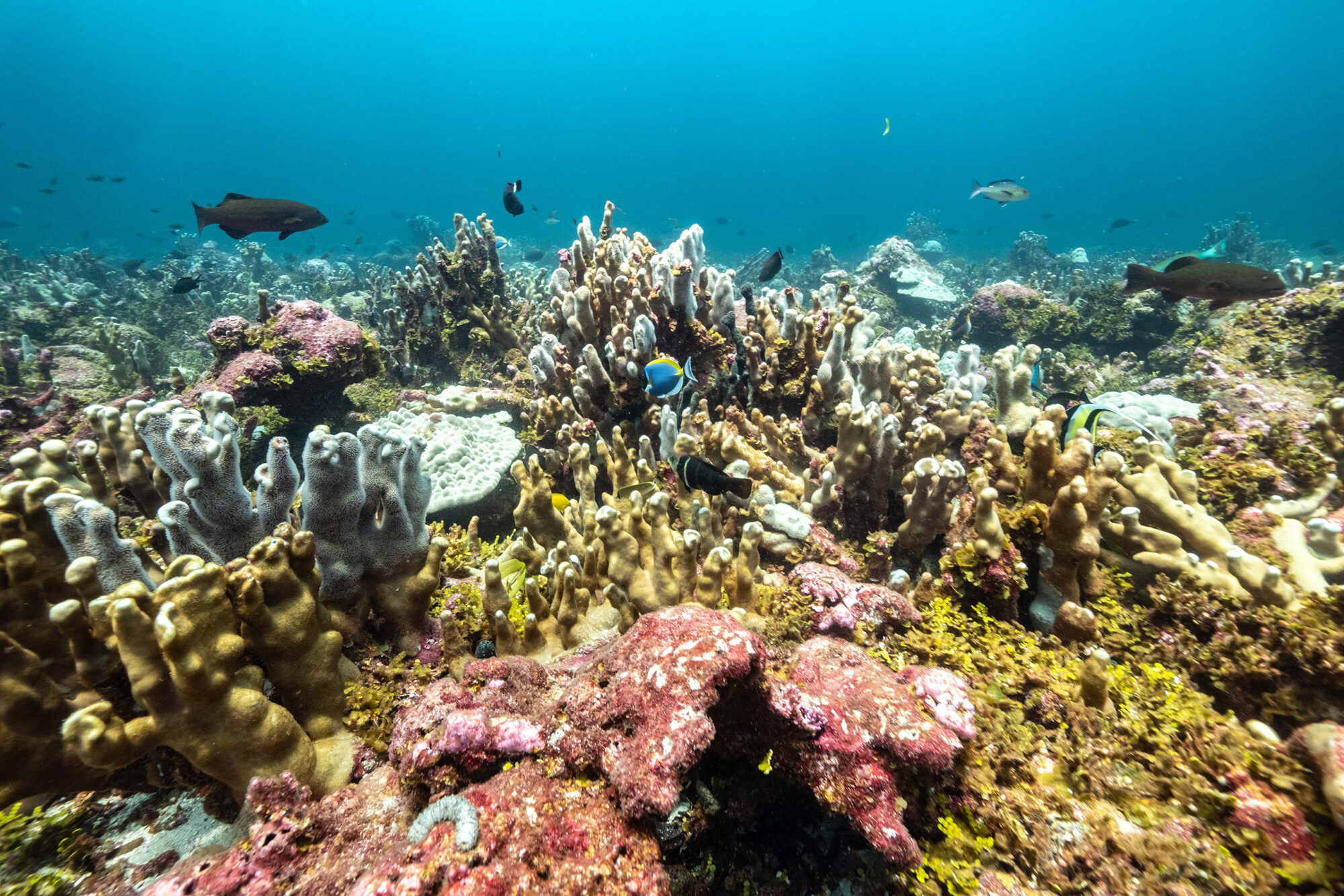For some years now, China has been working on a green finance system to fund the construction of its “ecological civilisation” and industrial restructuring. The country is now one of the world’s largest green bond markets. Blue bonds, designed to support sustainable development of the ocean economy, are building on that success. But there are differences that need to be taken into account.
What are green and blue bonds?
Green bonds are issued by governments or companies to raise finance for an environmentally friendly project. These bonds are then traded on the financial markets. Blue bonds operate in the same way and are issued in order to finance ocean-related projects.
Over the past 12 months, Chinese institutions have been arriving on the blue finance scene. Last September, the Bank of China’s Paris and Macau branches issued, respectively, US$500 million (3.2 billion yuan) in three-year blue bonds and US$442.5 million (3 billion yuan) in two-year blue bonds. These proceeds will fund current and future ocean-related projects in China, the UK and France, such as wastewater treatment plants, treating effluents before they are discharged into the sea, and offshore wind power. In November, the Qingdao Water Group issued 300 million yuan (US$46.4 million) of blue bond debt. Chinese institutions have now issued more blue bonds than institutions from any other market.
The country is seeing strong growth in offshore wind, marine tourism, shipbuilding, ocean chemicals and biomedicine. Those fields will require financing, and that provides the basis for a market in blue bonds. China’s regulators are also involved: the China Banking and Insurance Regulatory Commission has described blue bonds as an “innovative policy tool”.

But the success of blue bonds in promoting sustainable ocean economy development requires urgent clarification and improvement of the standards to be applied.
Green and blue, do we need the two?
Blue bonds have always been closely associated with green bonds and are sometimes regarded as one of their subsets. The rapid growth of the green bond market and rising investor recognition has laid a good foundation for the new arrival. The blue bonds from the Qingdao Water Group and the Bank of China were issued in line with norms for green bonds.
However, the blue bonds being prepared by the Bank of Qingdao, with assistance from the World Bank’s International Finance Corporation (IFC), are somewhat different. The issuer will work to a list of blue bond projects suggested by the IFC to filter and decide on recipients of investment, rather than simply looking for ocean-related projects in lists of approved green bond projects. Key criteria will be how sustainable the economic activity is, and the degree of the project’s impact on the ocean environment. While those bonds have not yet been issued, their preparation has become a highlight of innovation in the Chinese sustainable finance sector this year.
Should these ocean-specific bonds have their own sets of standards? To answer that, we need to look at how the impacts of marine economic activities from the blue economy and the onshore economy differ across time and space.
The Ocean Economy in 2030, published by the OECD in 2016, analyses that difference. The natural processes of the ocean, its ecosystems and flora and fauna do not respect national boundaries. Marine animals and pollutants move around, following ocean currents or shipping. It is difficult to contain problems to one area, making spatial planning and management much more complex than on land. Nutrients or pollutants that flow into the ocean can be carried off by currents, only to return decades later. This means significant lags between our actions and their outcomes.
For example, a leak during offshore oil production will affect a wider area as the oil drifts, even if the leak is dealt with swiftly. Thus, a wider range of stakeholders need to be consulted and coordinated. A 2011 oil leak in the Bohai Sea affected local fishing and tourism but it took years to obtain compensation due to difficulties establishing cause and effect.

Also, the structuring of economic rights at sea is different, and this makes regulating economic activity harder. There are currently no laws in place for the protection of most marine resources and environments, for example during deep seabed mining.
The externalities of the blue economy – the consequences of industrial and commercial sea-related activities – need to be managed differently. On land, industry-specific legal and administrative systems have developed over many years, as well as mechanisms and tools for tackling environmental impacts. But these systems are too crude for the blue economy, where the consequences are bigger and cover a wider area. The existing onshore framework lacks detailed requirements for many externalities that need to be considered offshore, and so doesn’t match up with the rights and responsibilities of the blue economy. A separate list of blue economy projects is needed, so that those externalities can be better managed.
The vast ecological value of the ocean
Other factors must also be considered when making sustainable investments in the blue economy. First, the value of ecological services provided by the ocean.
The ocean regulates carbon dioxide levels in the air and water, provides oxygen, powers the water cycle, and circulates heat. It also protects coastal and marine biodiversity. While some of these services mainly benefit the ocean itself, most are important for the onshore environment and economy too. But assessing these economic contributions is still a complex task, with no well-established methods or consensus. Some of that value, such as marine biodiversity and carbon storage, is covered by existing systems for managing environmental externalities. Much more of it goes uncovered.
The importance of overall planning and industrial clustering for the ocean also needs to be reflected. Sustainable development of the ocean will require more integrated planning. The state of coastal economies, the value of ecological services, and the impact of human activities on the ocean environment all need to be taken into account, as well as the interactions between them.
One key role of integrated planning will be to support industry clusters and the benefits they produce. All marine activity is interconnected, and coordination between ocean industries on technology and innovation is crucial. Examples include offshore renewable energy generation and offshore oil and gas, or aquaculture and tourism. Healthy and vigorous development of an ocean area often relies on industrial clustering. Globally, within ocean industry clusters, actors are not well integrated in their pursuit of sustainability and cannot stimulate each other in innovations. It is the mission of blue finance to promote more rapid formation of industrial clusters, within a context of overall planning.

So, when listing projects suitable for blue financing, integrated planning is even more important than it is for land-based equivalents.
To recap, there are important differences between the onshore and offshore economies when it comes to managing externalities. Globally, blue bonds are just getting started. There is a pressing need for the provision of associated standards and tools.
Lessons from the Seychelles
The best example of blue bonds is the Seychelles.
Backed by US$15.2 million in loans and a US$5 million grant, the Seychelles issued a set of sovereign blue bonds in 2018. The Seychelles’ Conservation and Climate Adaptation Trust has been tasked with managing these funds in order to restructure the national debt. Some proceeds will be used for 20-year commercial investments (expected to reach a maximum of US$86 million). Others will be invested in ocean conservation and climate adaptation, including expanding reserves and improving fishing management, focusing on conserving natural resources rather than commercial development. Importantly, the two types of investment are being managed by a single entity, within a single planning area.
The Seychelles relies almost entirely on tourism and fishing, so the ecological value provided by conservation projects will feed directly into the regional economy. Meanwhile, management by a single entity should ensure balance between conservation and commercial investments. The case shows how integrated planning for ocean spaces is a prerequisite for reflecting the value of ecological services in the economy and for promoting industrial clusters. It will be crucial for the future success of blue bonds and blue finance.

The blue economy is showing strong growth, in terms of value added, investments and jobs created. But at the same time, the oceans are becoming more acidic and warmer. Sea levels are rising, currents are changing, and the ocean environment is under constant stress. These are the problems brought about by more intensive use of the oceans. If we cannot ensure sustainable development of the oceans, we will repeat the mistakes that were made on land – perhaps with even graver consequences. In its The Ocean Economy in 2030 report, the OECD said that overfishing, ocean pollution and marine wildlife and habitat loss were due to our more intensive use of the ocean, a lack of understanding and data on the impacts we have, and a lack of integrated management.
So alongside a system of standards for sustainable blue finance, to allow for more accurate and comprehensive definitions of sustainability for the blue economy, we also need to look at ocean-related environmental, social and governance risks for all sectors. Onshore industries responsible for plastic pollution of the ocean are a case in point. Standards for blue bonds, and the establishment of a blue finance system, taking into account the nature of the externalities of the blue economy, is not just needed. It is increasingly urgent.








